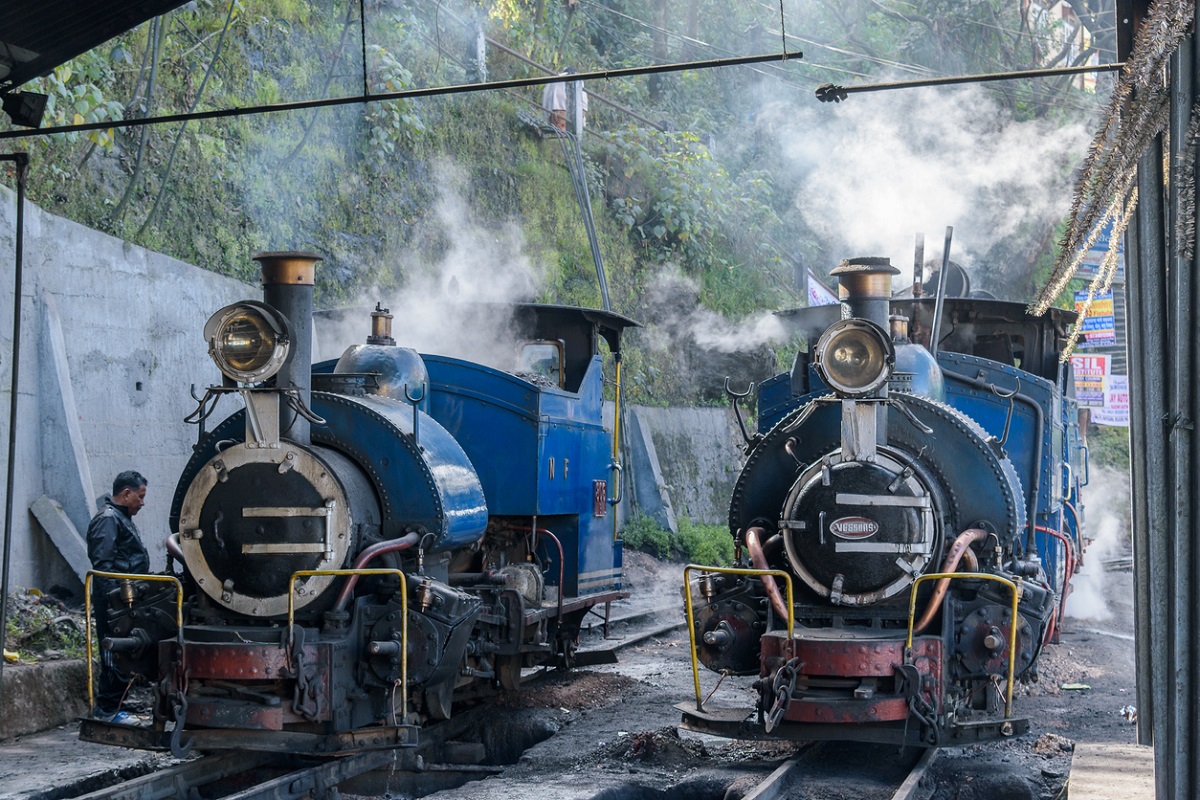Kenya secures funding to tackle climate change challenges
The United Nations (UN)-backed Green Climate Fund (GCF) has approved 50 million US dollars for key projects to bolster climate resilience and promote sustainable development in Kenya.
The legacy of poor maintenance is the strand that binds the DHR to the rapid transit system of the plains.

The Darjeeling Himalayan Railway, also known as the Toy Train (photo:IANS)
In the same manner as the “bumps” on Kolkata’s Metro track, the utilitarian value and attraction of the Darjeeling Himalayan Railway ~ or the puffing “toy train”, if you will ~ is under a dense cloud.
The legacy of poor maintenance is the strand that binds the DHR to the rapid transit system of the plains. Regretfully, there is little or no reference to either in the Railway component of this fiscal’s Union budget. That negligent nonchalance does not hobble the operations of the United Nations, however.
Advertisement
Hence the UNESCO directive to the Indian Railways to submit a report by next February on DHR’s conservation as the train winds its way up to Darjeeling ~ an exciting experience for tourists of all ages. It is cause for alarm if the trains and tracks of the world heritage site are plagued by what the UNESCO calls “insufficient maintenance”.
Advertisement
Which, to put it mildly, is a gross understatement, if ever there was one. The canker is overwhelming, if the UN’s World Heritage Committee’s report is any indication. It thus comes about that many of the station buildings, once certified as structures of what they call “Outstanding Universal Value” have “lost the original fabric and have “seriously deteriorated” over the past 20 years, specifically ever since DHR figured in the World Heritage List in 1999.
Membership to this rarefied catalogue of the history of transportation was subsequently renewed in 2004 and 2008. Since then and to use a metaphor, the Darjeeling Himalayan Railway, once a major source of revenue and the proud boast of the Indian Railways, has been on the downhill road. If the turmoil in Darjeeling has had a bearing on tourism since the mid-1980s, the callous indifference towards the “toy train” has robbed the hill station of one of its primary attractions.
In its prognosis of the malaise, the UNESCO has lamented that “ill-advised modernisation efforts” have been compounded by lack of maintenance. The renewed unrest in 2016-17 has also impacted the Railways. Skewed development has also had a deleterious effect. The property of DHR suffers from “serious encroachment” by illegal construction and from dumping of waste along the tracks.
The municipal authorities cannot evade responsibility for the mess. On closer reflection, the murk is endemic throughout the hills, dotted with unauthorised constructions. If DHR is wallowing in the mire, as the UNESCO report has underlined, the civic authorities and the Railways must share the blame.
The present is a far cry from the days when the “toy train” used to trundle alongside forests or tea gardens, the scenic beauty being one of the prime attractions of this mode of travel. It is symptomatic of the decline that DHR now runs between unauthorised constructions and shops. The neglect of the Darjeeling Himalayan Railways has been institutionalised… and consciously so. Lord Dalhousie would have been aghast.
Advertisement